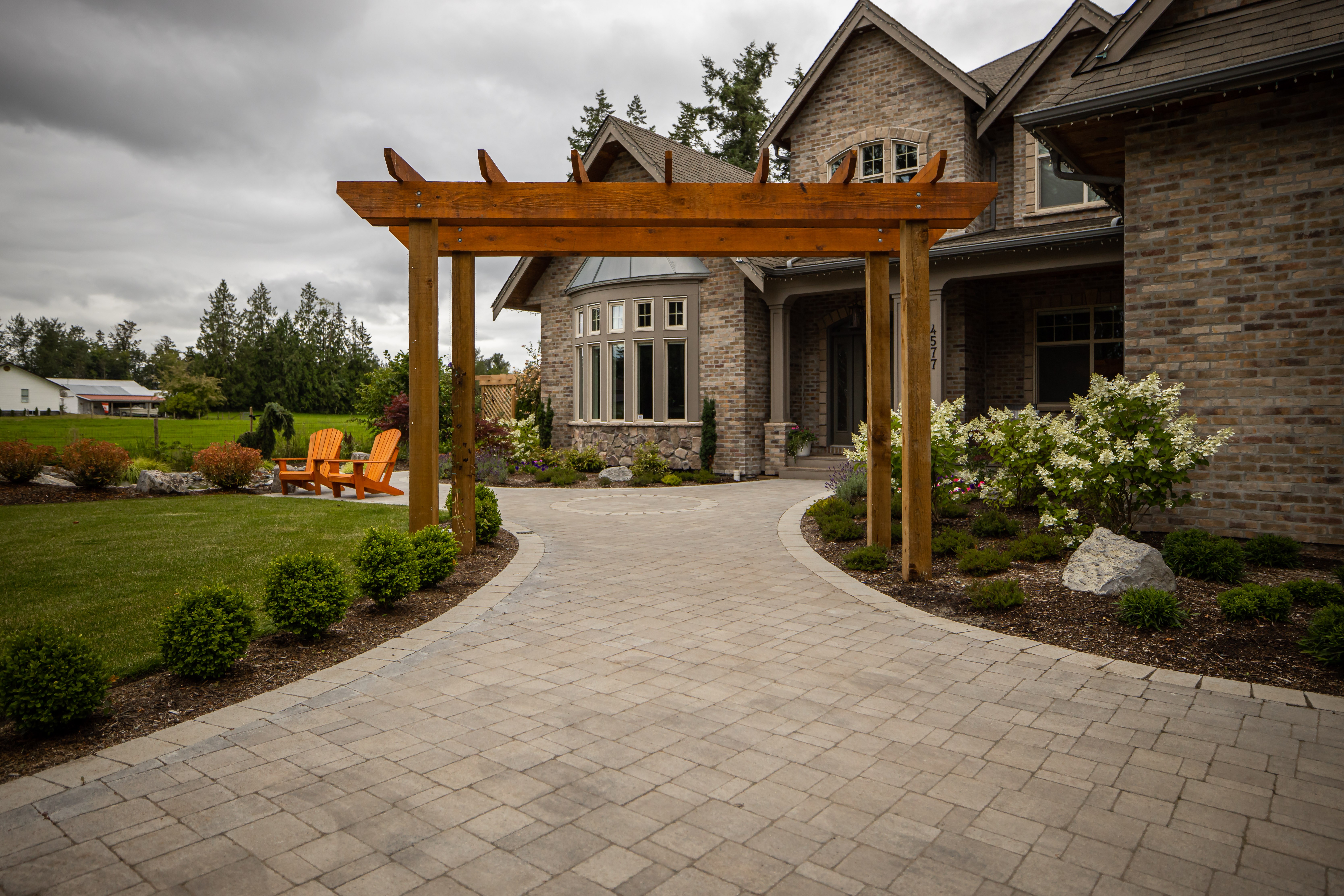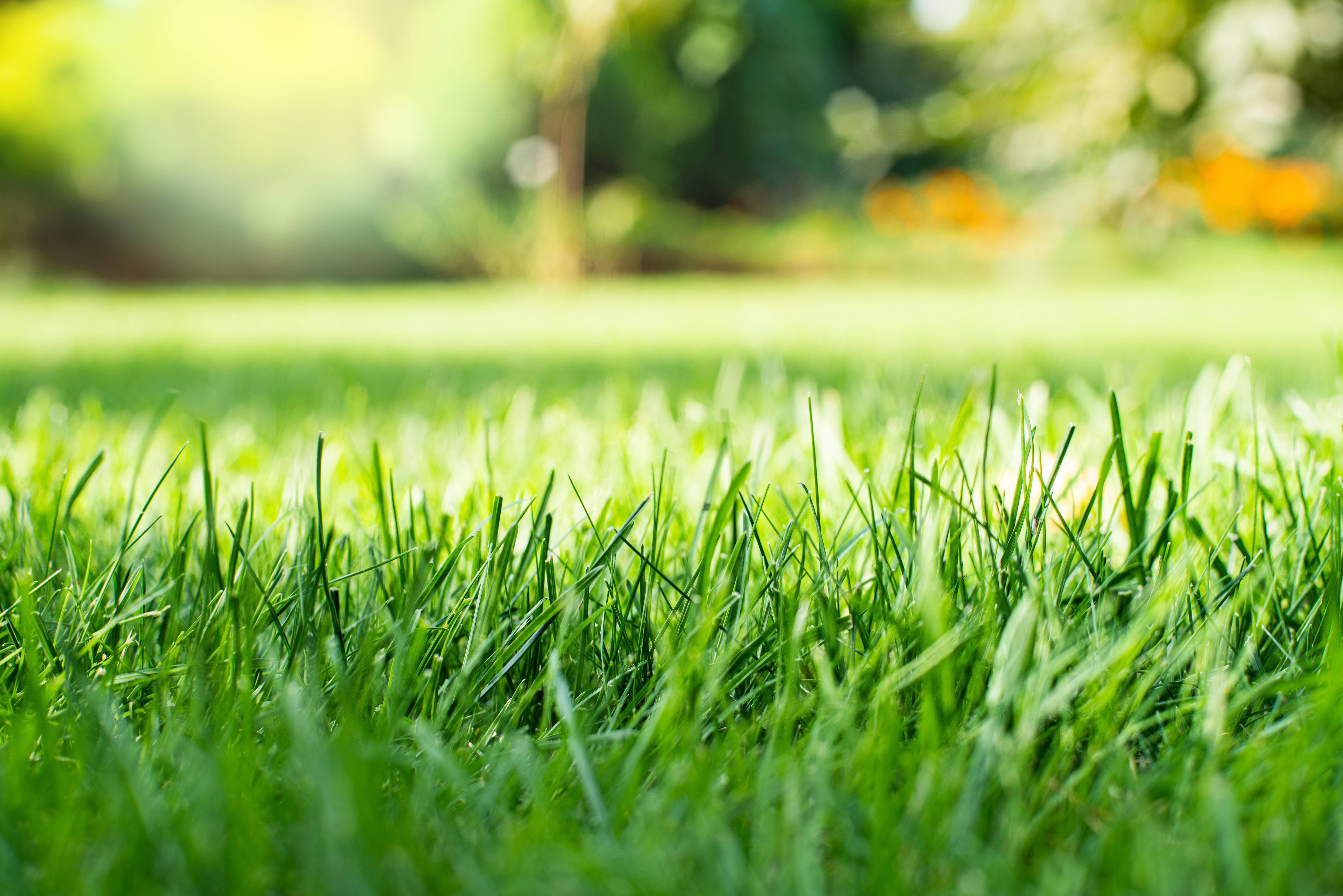
Choosing the Best Water Feature For Your Landscape
Bring the soothing sound of water to your backyard
Choose the right fixtures and avoid these common mistakes
Your yard is the perfect place to relax and enjoy a fun-filled summer evening with family and friends. But just when the party gets started, darkness settles in… forcing you (reluctantly) to take the party inside or send everyone home.
If this scenario sounds familiar and you’d like to spend more time outside enjoying your yard, it may be time to invest in some landscape lighting. But with so many different fixtures available, it can be difficult to know which ones to choose. In this post, we’ll help you explore your options and provide a few tips on how to avoid common lighting mistakes. Let’s get started!
Landscape lighting serves many purposes. Some fixtures are functional and used for practical reasons, such as safety and security, while others provide an ambiance that brings your property to life. Some lights even do a bit of both!
Bullet lights can be installed at the top of buildings or in trees so they cast their beams downward (downlighting) or placed in the ground or on a low wall, illuminating featured objects from below (uplighting). Most bullet lights cast a narrow beam of light that doesn’t exceed 45 degrees, making it easy to focus the light on a specific feature.
Outdoor lighting can enhance the beauty and functionality of your outdoor living space, but there are some common mistakes that you should avoid when installing an outdoor lighting system.
Landscape lighting makes it possible for you to spend more time outdoors, and lets you decide when the party ends.
By choosing the right types of lighting and avoiding these common mistakes, you can create a lighting system that will provide years of enjoyment while enhancing the beauty, safety and value of your property.
If you’d like to know more about landscape lighting or are ready to light up your night, contact us to schedule an appointment. We can discuss all the options available, without obligation.

Bring the soothing sound of water to your backyard
Every landscape project should start with design. Here’s why.
Three design styles and their features, plus photos to inspire you!
Discover the pros and cons of the three most popular choices…
How to choose the right perennials for your garden and some of our favourite choices!
Tips to keep your grass strong and healthy





